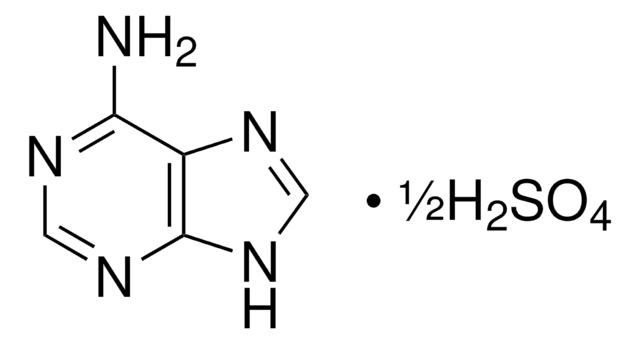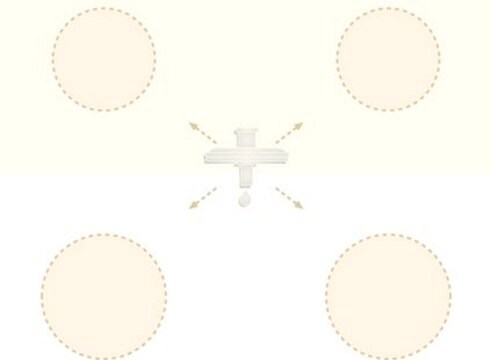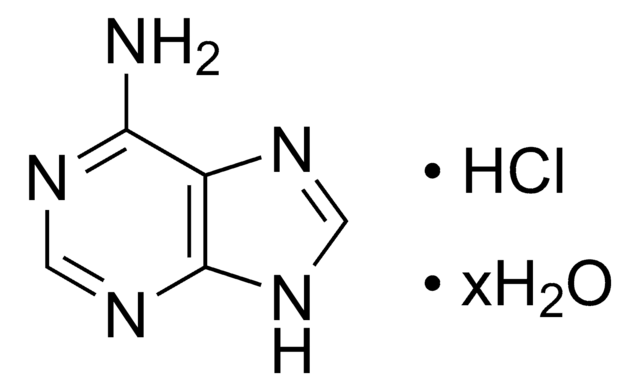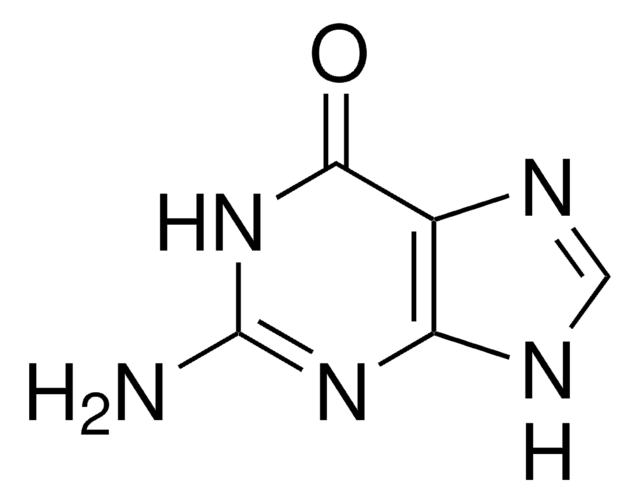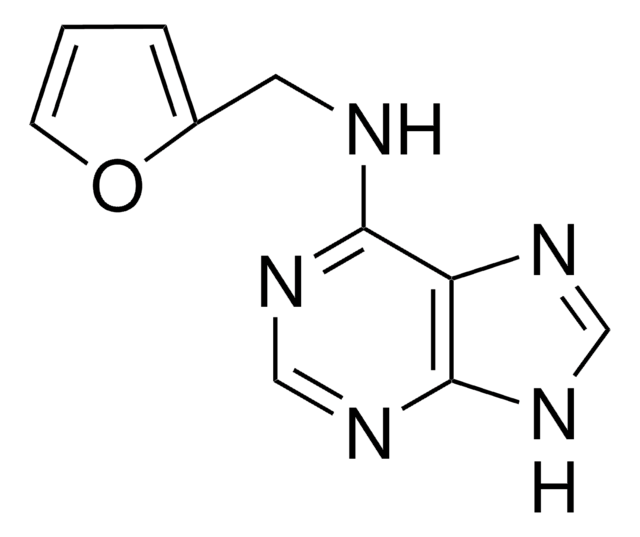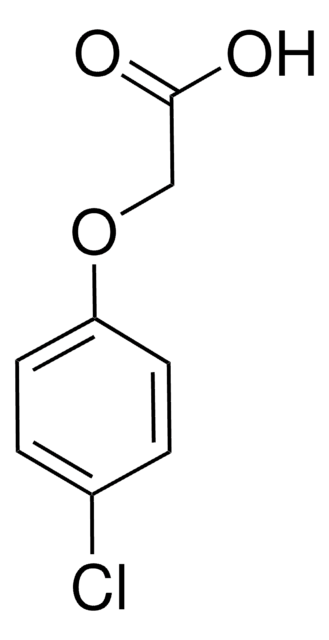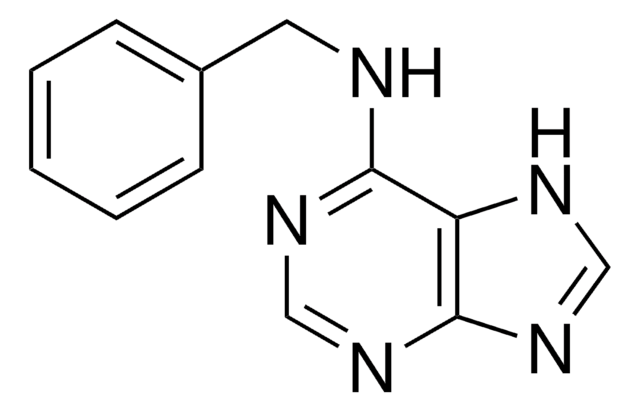Key Documents
A5665
Adenine
BioReagent, suitable for plant cell culture, ≥99%
Synonim(y):
6-Aminopurine, Vitamin B4
About This Item
Polecane produkty
linia produktu
BioReagent
Próba
≥99%
Postać
powder
masa cząsteczkowa
Mw 135.13 g/mol
metody
cell culture | plant: suitable
kolor
white to off-white
mp
>360 °C (lit.)
rozpuszczalność
0.5 M HCl: soluble 20 mg/mL, clear to slightly hazy, colorless to faintly yellow
Zastosowanie
agriculture
ciąg SMILES
Nc1ncnc2[nH]cnc12
InChI
1S/C5H5N5/c6-4-3-5(9-1-7-3)10-2-8-4/h1-2H,(H3,6,7,8,9,10)
Klucz InChI
GFFGJBXGBJISGV-UHFFFAOYSA-N
informacje o genach
human ... AKT1(207) , GSK3B(2932) , LCK(3932) , MAP3K1(4214) , MAPK14(1432) , MAPK8(5599) , MAPK9(5601) , MAPKAPK2(9261) , PRKACA(5566) , PRKCA(5578) , RAF1(5894) , ROCK2(9475)
mouse ... Mapk1(26413)
rat ... Camk2a(25400) , Mapk10(25272)
Szukasz podobnych produktów? Odwiedź Przewodnik dotyczący porównywania produktów
Opis ogólny
Zastosowanie
Hasło ostrzegawcze
Danger
Zwroty wskazujące rodzaj zagrożenia
Zwroty wskazujące środki ostrożności
Klasyfikacja zagrożeń
Acute Tox. 3 Oral
Kod klasy składowania
6.1D - Non-combustible acute toxic Cat.3 / toxic hazardous materials or hazardous materials causing chronic effects
Klasa zagrożenia wodnego (WGK)
WGK 3
Temperatura zapłonu (°F)
Not applicable
Temperatura zapłonu (°C)
Not applicable
Środki ochrony indywidualnej
dust mask type N95 (US), Eyeshields, Faceshields, Gloves
Certyfikaty analizy (CoA)
Poszukaj Certyfikaty analizy (CoA), wpisując numer partii/serii produktów. Numery serii i partii można znaleźć na etykiecie produktu po słowach „seria” lub „partia”.
Masz już ten produkt?
Dokumenty związane z niedawno zakupionymi produktami zostały zamieszczone w Bibliotece dokumentów.
Klienci oglądali również te produkty
Nasz zespół naukowców ma doświadczenie we wszystkich obszarach badań, w tym w naukach przyrodniczych, materiałoznawstwie, syntezie chemicznej, chromatografii, analityce i wielu innych dziedzinach.
Skontaktuj się z zespołem ds. pomocy technicznej
